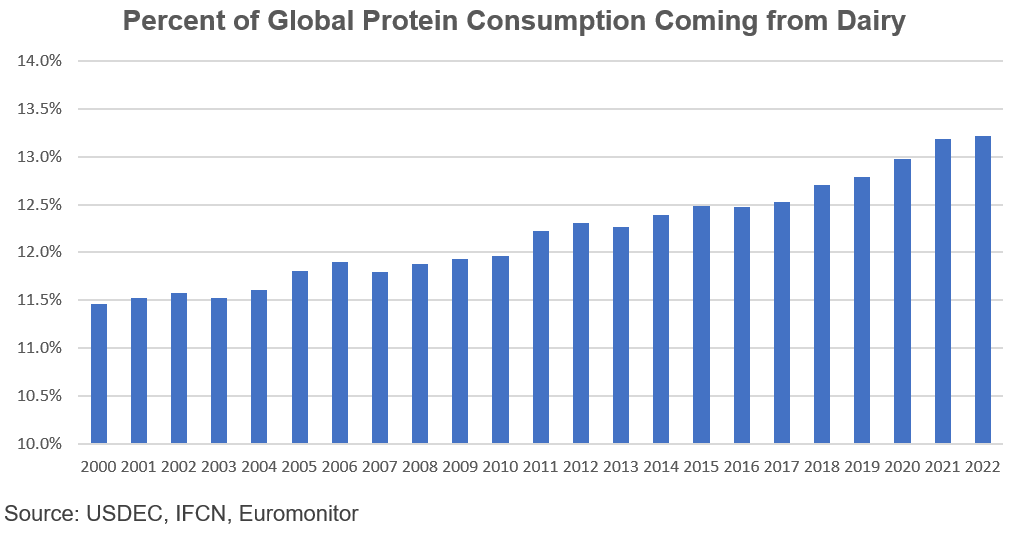Dairy’s future will be increasingly global and diverse, as emerging markets increase demand and women take on greater leadership roles in the industry, this year’s chairwoman of the NMPF Young Cooperators program said in a dairy defined podcast.
“The U.S. really had a competitive edge, as far as the quality and safety of the products,” said Lorilee Schultz, who milks 60 registered Holsteins and manages more than 200 acres at Mil-R-Mor Farm in Orangeville, IL, said of her time briefly working with the USDA’s Foreign Agriculture Service. The member of Prairie Farms cooperative is very active in community leadership and has a special interest in teaching kids about agriculture, including interactions with more than 200,000 school children through the Adopt-A-Cow program, a free, years-long virtual experience where students care for a calf and interact with a dairy farmer.
That investment in dairy’s future will also be critical as new leaders emerge through programs such as NMPF’s YCs, which will be in Washington next week for their annual congressional fly-in, she said. Schultz, 38, said one of her messages to lawmakers will be that “If we want to retain the talented young people that we have in our rural communities, we really need to make sure that we’re investing in those communities, making sure we have things like good schools, access to healthcare, quality and affordable childcare.”
And for dairy’s next generation of leadership – especially for women, who are currently under- represented in top industry positions – it’s critical to get involved, Schultz said. “It’s really important to have our voices heard,” she said. “I just want to encourage everybody to know that they can be involved in leadership and make a difference.”
The full podcast is below. You can also find the podcast on Apple Podcasts, Spotify and Google Podcasts. Broadcast outlets may use the MP3 file. Please attribute information to NMPF.







